Out Of Stock
EtonGreen Gloxinia Tuberous Mixed Color Flower Bulbs (Set of 4 Bulbs)
₹650.00 ₹299.00
- Shipping charge ₹ 90 for entire order
- Did you know that gloxinia can be grown as house plants? True! Gloxinia are fabulous gift plants AND can be spectacular house plants if you give them proper care.
- A few years ago, a gloxinia flowering houseplant (Sinningia speciosa) was considered a perennial. The plants would bloom and then die back. After a period of dormancy, the plant would regrow, delighting its owner with a fresh flush of big, velvety flowers.
- Todays gloxinias are hybrids that are bred to quickly produce a large number of blossoms. These gloxinias produce an outstanding display for about two months, but once the flowers fade, the plant rarely comes back because it invests all its energy into flowers rather than sturdy roots. Therefore, these plants are best grown as annuals, and since they are discarded after the bloom cycle, gloxinia flower care focuses on keeping the plant looking fresh while it is in bloom.
SKU: EtonGloxinia
Categories: Bulbs, Flower Bulbs Sow in all Season, Summer Sowing Bulbs
Tags: bulb, bulbs, gloxinia bulb, gloxinia flower bulb, summer bulbs, summer flower bulbs
Out of stock
Email when stock available
Gloxinia flower bulbs gives you best looking flower for your garden If you do gardening in a proper way so these bulbs give you full year flowers 1 part perlite 1 part vermicomposting 2 part cocopeat and 1 tsp. Antifungals powder you need to mix it properly this is a potting mix for the gloxinia bulbs so mix it and put it in the pot and put some bone meal into the pot set the bulbs over the potting mix and cover the bulbs with some more potting mix and sprinkle water into the pot only for soil moisture these bulbs needs around 30 minute morning sunlight for bloom so set it at the suitable location and water it when you see the soil dry
| Weight | 0.5 kg |
|---|---|
| Dimensions | 10 × 10 × 25 cm |
Be the first to review “EtonGreen Gloxinia Tuberous Mixed Color Flower Bulbs (Set of 4 Bulbs)” Cancel reply
Up sells product
- Shipping charge ₹ 90 for entire order
- Kaempferia plant blooms the fragrant flowers. Its flower emerges straight from the ground, even before the leaves appear.
- Kaempferia is a stemless plant producing a pseudo stem with 2 to 4 erect leaves from an underground rhizome that has small tuberous roots. Flowering stems are produced from the rhizome when the leaves are not present. Flowers resemble small orchids or African violets but have just three petals.
- Water a plant when the soil feels dry to touch
- Water thoroughly in the summer and reduce watering for the winter & rainy season
- Try to water the plants in the morning around 8-10am
- You should remove dead, infected or damaged plant parts and throw in the garbage collector
- You should fertilize a plant mostly in the spring season, flower bud stage
- Plant season is in monsoon or autumn season
- Plant the bulb 3 inches deep and provide 3 to 4 inches of planting spacing
- The pointy part should face up
- Add some coarse sand or fine gravel to the soil to help improve the drainage Mulch the potting mix with organic material
- Shipping charge ₹ 90 for entire order
- Pick these easy-to-grow varieties for the best blooms. It is a rhizomatous herbaceous perennial plant, evergreen where rainfall and temperatures are adequate.
- It has large clumps of broad, arrow shaped dark green leaves up to 45 cm long.
- The inflorescences are large and are produced in spring, summer and autumn, with a pure white spathe up to 25 cm and a yellow spadix. The spadix produces a faint, sweet fragrance.
- Dig up the rhizomes in autumn, usually after the first frost and store for winter.
- Dig a hole about three times as deep as the height of the bulb.
- Set the bulb in the hole, pointy end up, then cover with soil and press firmly
- Space bulbs 8 to 10 inches apart
- Water thoroughly after planting
- Use the potting mix for bulb plantation as Garden soil + Compost + Perlite + Sand (2:2:1:1) Soil + Cocopeat + vermicomposting (2:1:2)
- Keep them adequately fertilized and watered, misting the plant every so often to keep the ambient humidity high
- They are susceptible to aphids so, take a look closely and apply insecticide.
- Shipping charge ₹ 90 for entire order
- Despite its name, it is not related to the tulip, but to the various ginger species such as turmeric. It can grow as an indoor plant and is also sold as a cut flower.
- Inflorescences, stems, and leaves of this plant resemble the flowers, stems, and leaves of tulips, hence the common name. The true flowers are seen only if they curl around the bracts edges.
- Each inflorescence appears atop a rigid, reed-like stem that grows to 2 inches tall from a clump of narrow, lance-shaped, dark green leaves.
-
Curcuma Planting Procedure:
- Plant rhizomes in spring after last frost date in organically rich, medium moisture, well-drained soils in full sun to part shade
- Plant rhizomes outdoors in spring
- Plant them at a depth of 4 inches
- Plants may also be grown in containers that should be overwintered indoors in the pots in a cool dry location with minimal moisture
-
Caring for Curcuma
- Prepare your planting site, which should be in full sun. Till in a several inches of organic matter, such as peat moss or course sand, to the 12 inches of your planting site to make your soil better suited for drainage. Plant curcumas about one per square foot and bury the bulbs only an inch from the surface of the soil. The eye–or bud–should be facing up .Push down on the soil with your hands to remove any possible air pockets. Water the bulbs and after the water seeps into the soil, push down the soil again.Fertilize curcuma bulbs after planting. Use about one tablespoon of fertilizer labeled 15-15-15 (or 16-16-16 for large curcuma) and a bit less for small varieties
- If your soil tends to dry out much, it’s best to grow Curcuma in partial shade.
- Provide regular moisture throughout the growing season and do not allow soils to dry out.
Related products
- Shipping charge ₹ 90 for entire order
- Rain lily Leaves are a deep glossy green and measure 3 mm wide. Flowers, which at first resemble a new leaf, but emerge from their papery sheaves to a stunning whiteness; they are erect in perianth.
- Zephyranthes can be deciduous or evergreen bulbous perennials, with linear leaves and funnel-shaped or crocus-like flowers in spring, summer or autumn.
- Plant zephyranthes bulbs in a place that receive full sun
- Dig holes and plant the bulbs 1-2 inch deep and 6 inch apart
- Sow bulbs into a hole made with your finger or the end of a stick
- Poke, drop, cover
- After planting, water well, gently soaking the soil and settling it around the bulbs
- Germination will begin in 10 to 15 days
- Rain lilies are happiest with little moisture during spring and summer, with a bit more water late in the season to trigger flowering
- Plant the bulbs immediately and do not store for long time
- Its star shape attractive flowers increase the beauty of any empty space.
- The star shape flowers are mostly used for ornamental purpose in garden, balcony, terrace, etc.
- Shipping charge ₹ 90 for entire order
- A daylily or day lily is a flowering plant in the genus Hemerocallis, a member of the family Asphodelaceae, subfamily Hemerocallidoideae. Despite the common name, it is not in fact a lily. Gardening enthusiasts and horticulturists have long bred daylily species for their attractive flowers.
- When it comes to plants that look simply stunning but are actually tough as nails, Daylilies are the first to come to mind! Also known as Hemerocallis, these happy bloomers are among the most popular and easiest perennial plants to grow in the sunny garden. Hardy throughout the country, Daylilies require minimal care to produce abundant blooms in a spectacular array of colors and forms
- Plant your Daylilies in the ground in well-draining soil or containers with adequate drainage holes. If you notice water puddles in your outdoor location 5–6 hours after a hard rain, scout out another site or amend the soil with organic material. Site your plants where they will receive full sunlight or light shade in warmer climates.
- Feel free to cut flowers while in bloom for bouquets and other arrangements, as this will not hurt the plants. While Daylily blooms last only a single day, choosing stems with several large buds will provide a few consecutive days of cut flowers.
- Allow your Daylilies to rest for a few months before beginning the next growing cycle.
- Mulch newly planted Daylilies to help manage freezing and thawing soils.
- Amend the soil with compost, finely ground bark, or decomposed manure to raise the level 2″–3″ to improve the drainage. Daylilies appreciate an average amount of moisture but will not survive in waterlogged soil.
- Plant immediately as Daylily roots will dry up if left out of the ground for too long.
- Expect new top growth to form just a few weeks after planting, with speed depending on the amount of available warmth and moisture.
- Shipping charge ₹ 90 for entire order
- Eucharis lily (Eucharis x grandiflora) is a graceful bulb that produces fragrant white flowers similar in shape to daffodils. It is native to South America which explains it’s other common name – the Amazon lily.
- A bulbous Amazon lily is a low growing bulb producing star-shaped clusters of white flower.
- Eucharis is a perennial with a bulb 2 to 6 cm in diameter. The stalked leaves are 20 to 55 cm long and 10 to 20 cm broad. Flowers are large, sweet-scented.
- It likes shade and sheltered areas and makes an excellent potted plant
- It can be planted in the garden
- Plant them with their necks slightly above the soil surface
- Plant in a normal potting compost and plant at 3 to 4 cm
- Propagations by offsets can be done in the spring
-
Sunlight Bright light, partial shade Watering Medium Soil Sandy loam soil, well-drained soil Temperature 15 to 30 degrees C Fertilizer Use any organic fertilizer Harvest Season Spring (Flower & Bulb)
- Shipping charge ₹ 90 for entire order
- This beautiful bloomer is grown mostly as a flowering houseplant in hanging baskets or mixed containers. As relatives of African Violets, Achimenes fancy more moderate conditions than most outdoor settings provide. They grow best in areas with light to partial shade or dappled sun.
- Choose a spot where your Achimenes will receive light to moderate shade or dappled sun.
- Select a container with at least one drainage hole and fill it with a good quality, well-draining soil. Almost any commercially available potting mix will do the trick.
- Dig small holes and nestle the bulbs 3/4”–1” deep and 3”–4” apart. Don’t worry about which side is up, as they will happily grow from any position.
- Shipping charge ₹ 90 for Entire order.
- 100% Imported and genuine product best quality flower bulbs
- Native to South Africa, this star-shaped flower symbolizes ‘happiness’ in the flower language. Our Ixia Flower Bulbs produce scintillating blossoms with beautiful spots and patches in the middle.
- Ixia is an exotic iris family member that creates bright flowers with contrasting spots and blotches. These South African natives thrive in the hot, dry climes of the southwest, but they may also be grown in other warm regions if planted beneath roof overhangs to keep water out while enabling the plants to get the full sun they need.
- For the finest visual impact, Ixias should be planted in groupings, borders, or pots; they also make excellent cut flowers. Flower bulbs are hardy, easy-to-grow cookies, but they despise having their feet wet: a bulb that is ‘bathing’ in water will decay in no time. So stay away from damp soil at all costs.
- Shipping charge ₹ 90 for entire order
- Calla Lilies make fantastic container and landscape plants, Speckled foliage and gorgeous blooms add a touch of elegance wherever they go, and despite their graceful appearance, they’re remarkably easy to grow.
- Delicate and elegant, our Pink Melody Calla strikes the perfect note to bring harmony to any garden. This plant makes a bold statement with color gradients that start with white, dip into rich pink, and then finish with pale green at the eye. Its large size makes it ideal for prominent positions in the garden. Tall and floriferous, with strong stems that beg to be used for cut flower arrangements.
- Calla lily is easy to grow and add a classy look to perennial gardens, cutting gardens and container plantings.
- Calla lilies grow well in pots and planters. They can be mixed with other annuals, but usually perform better in a pot on their own. The flowers last for weeks.

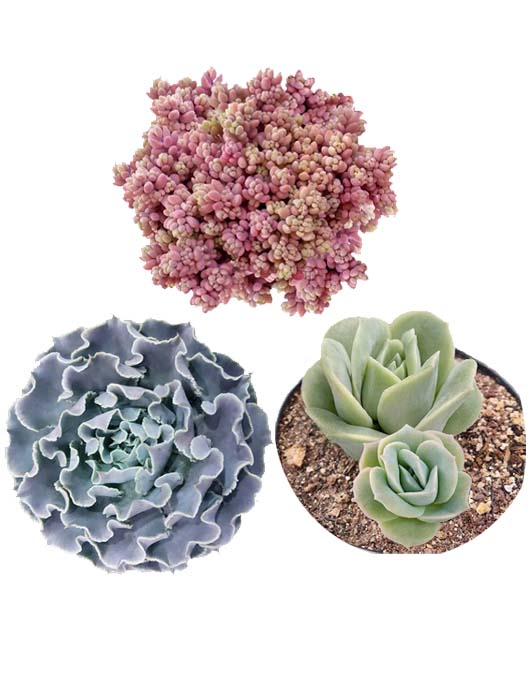
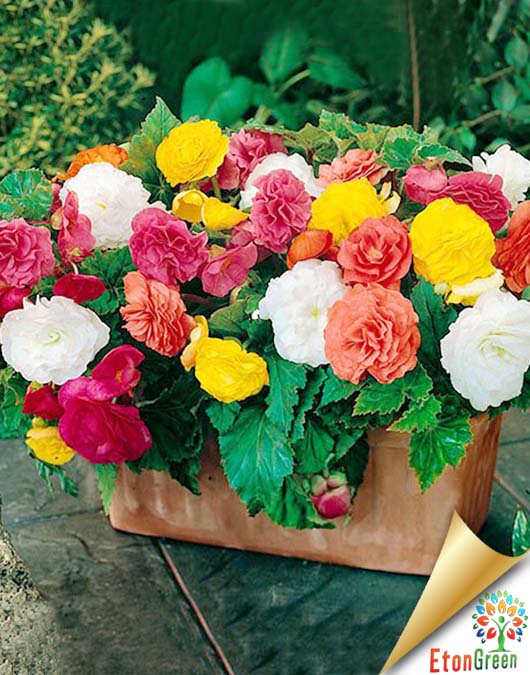
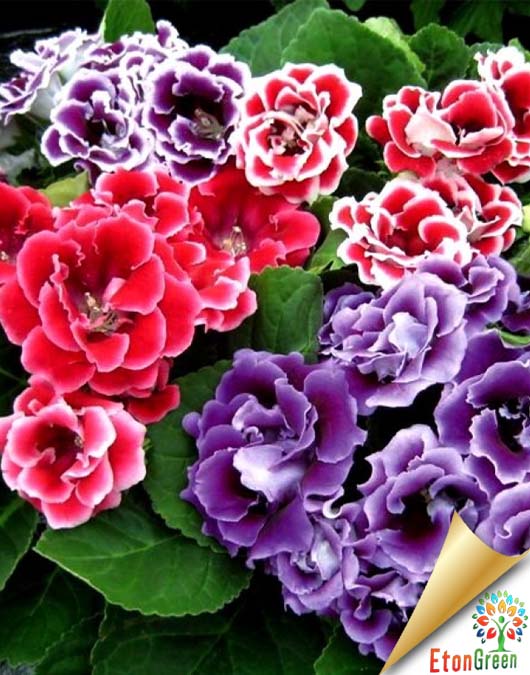

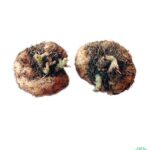
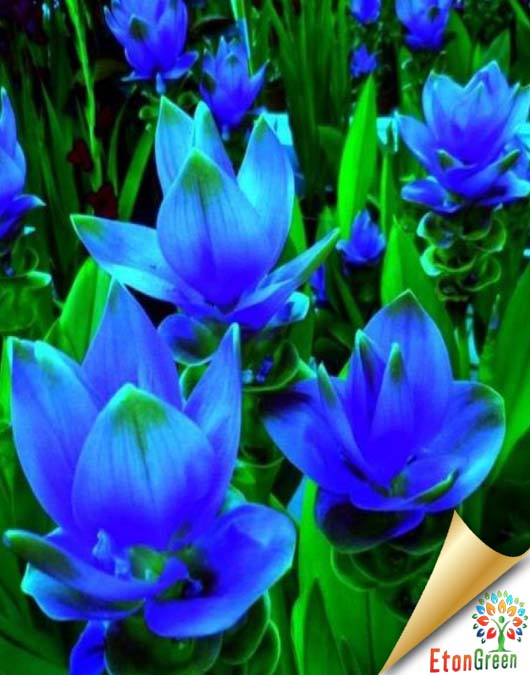
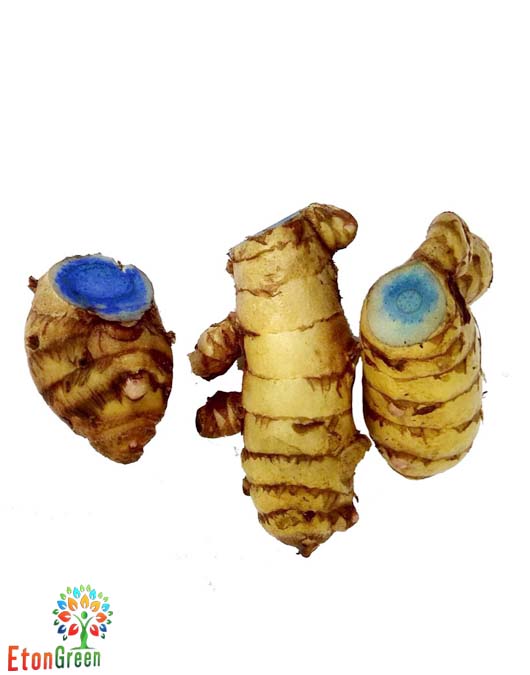
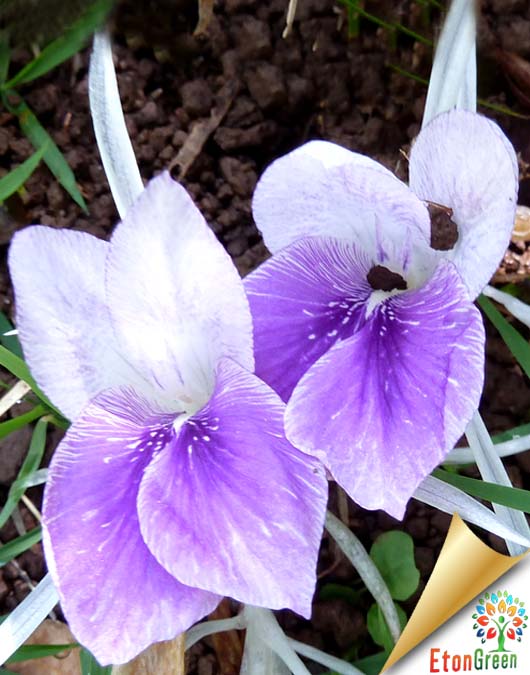
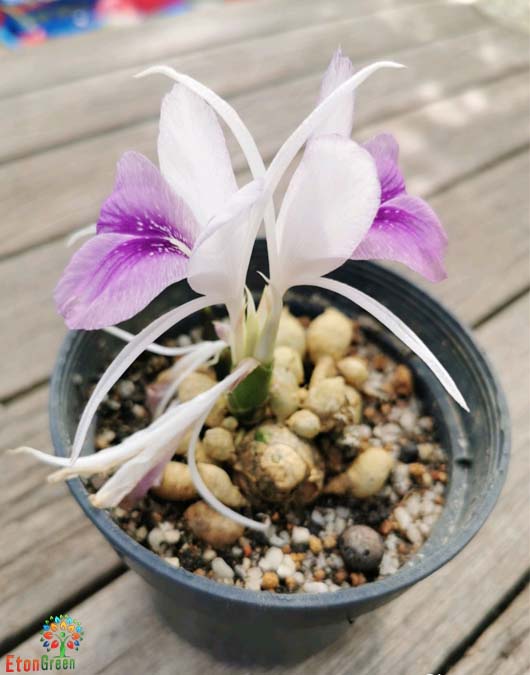
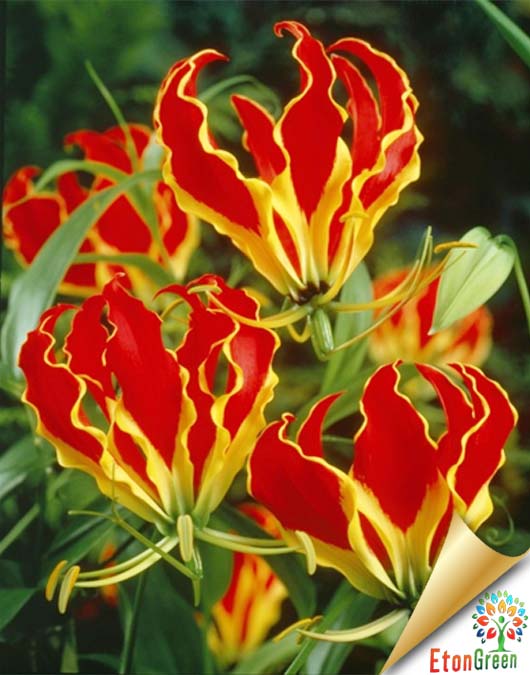
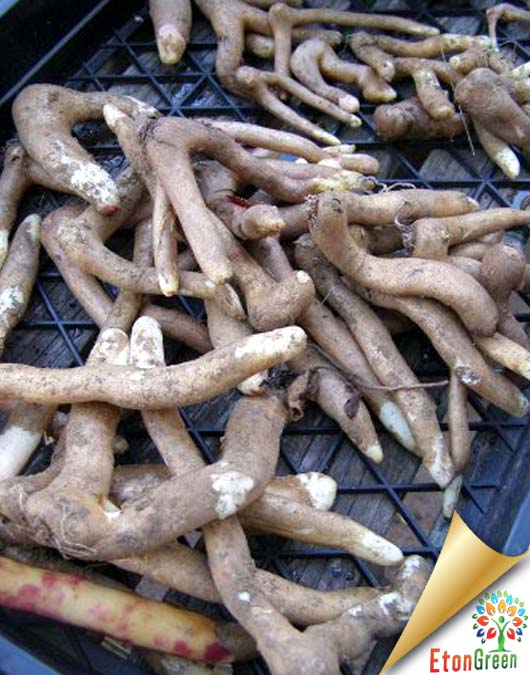
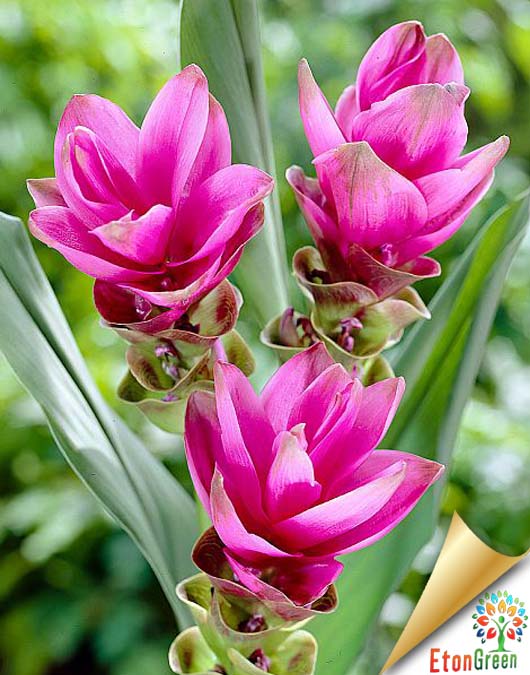
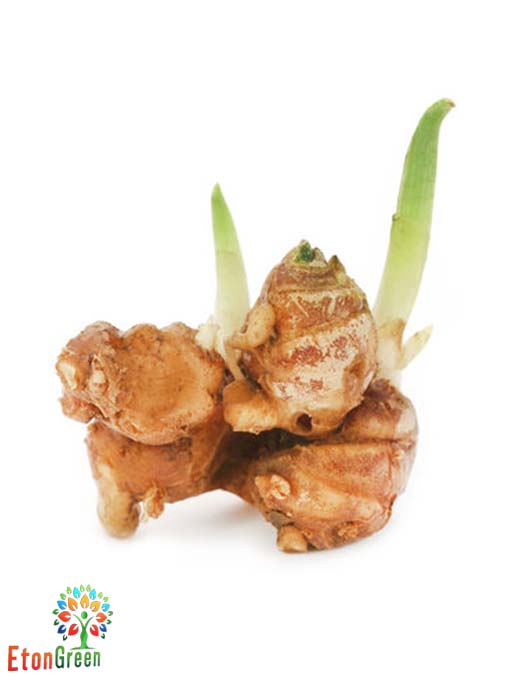

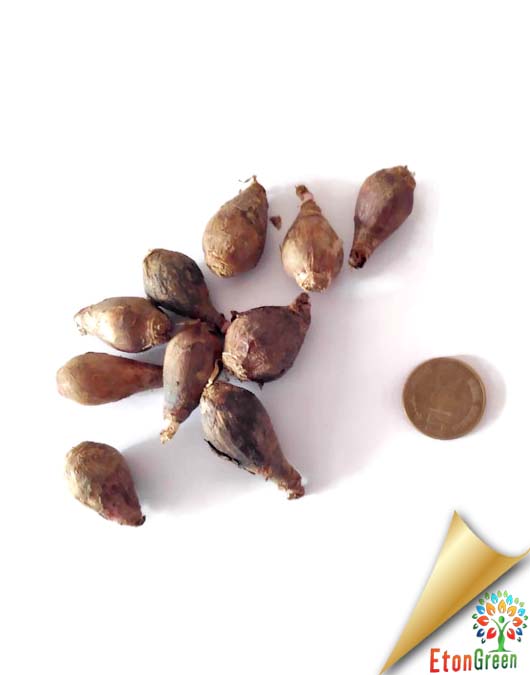
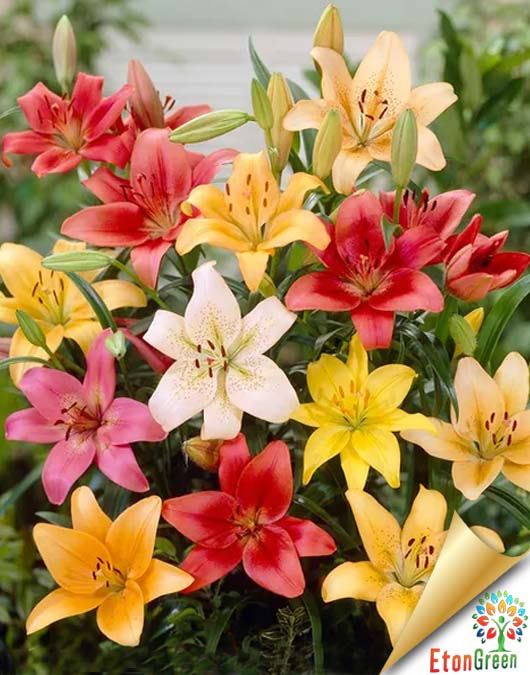
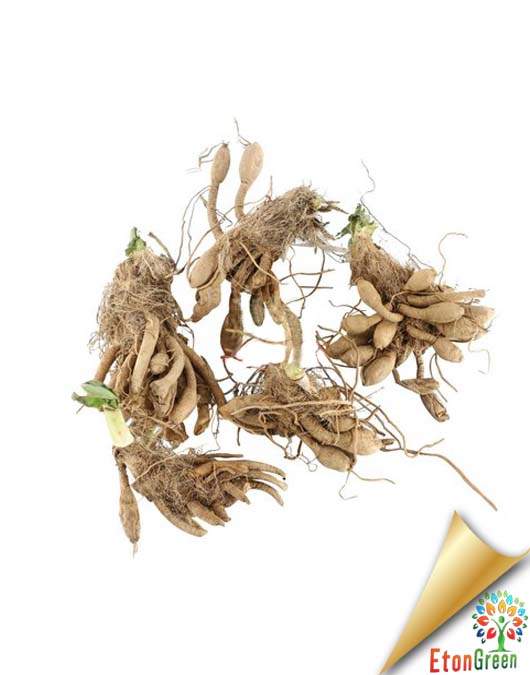
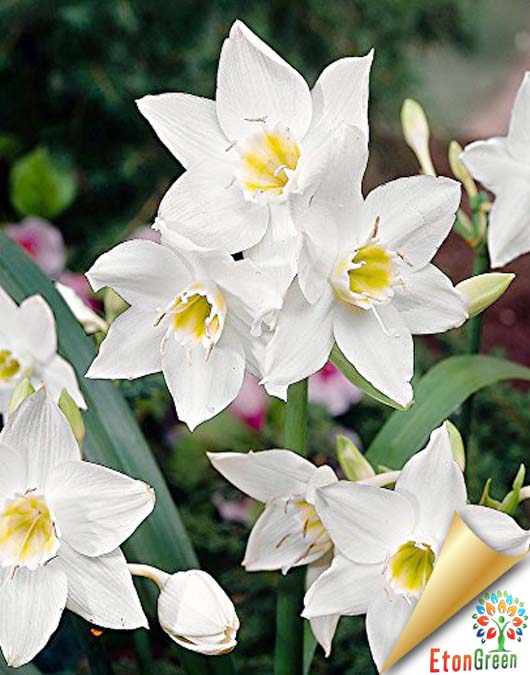
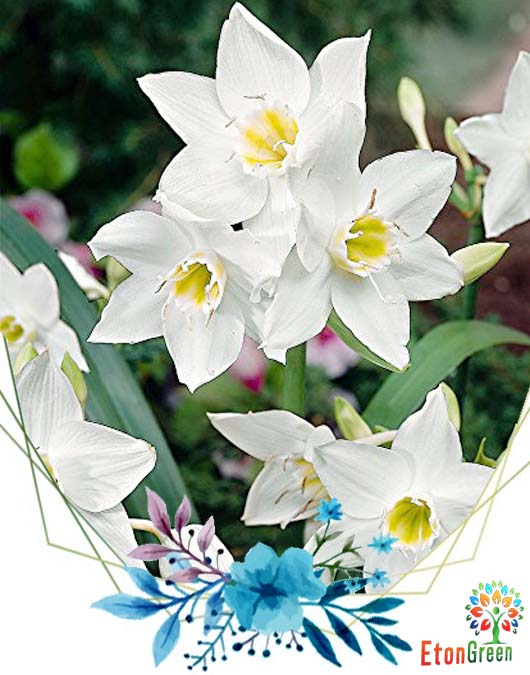
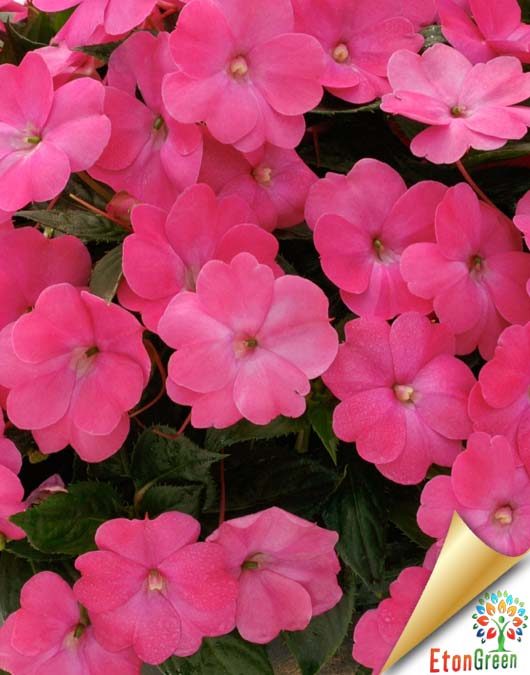
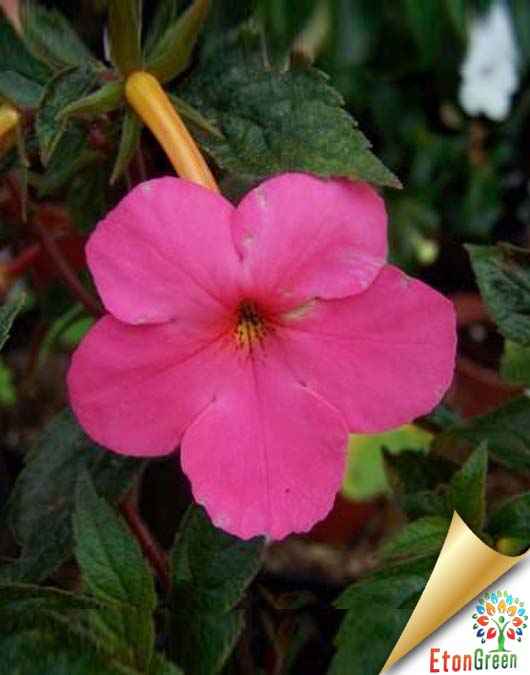
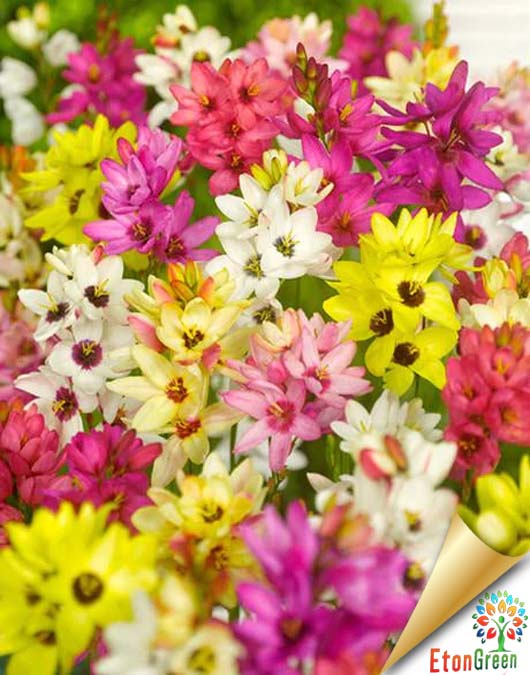
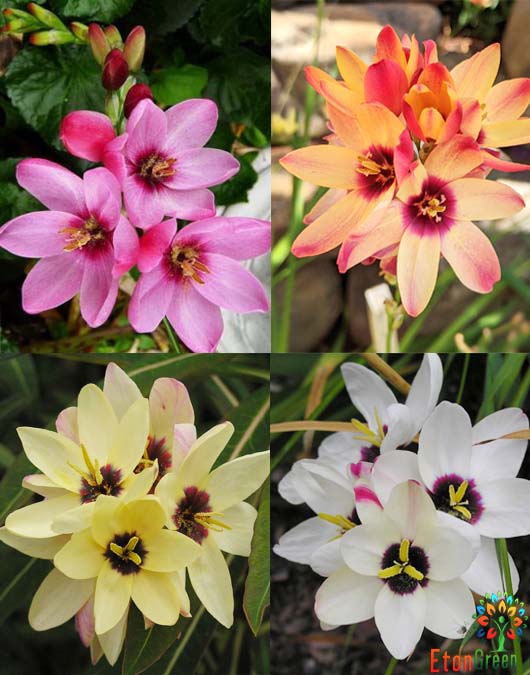
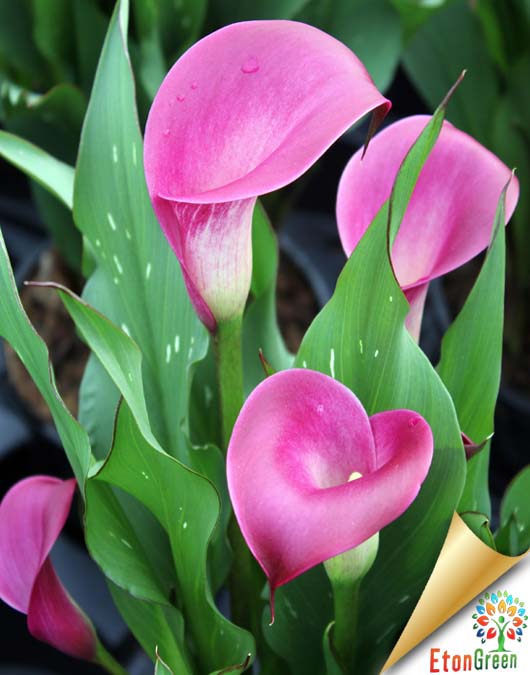
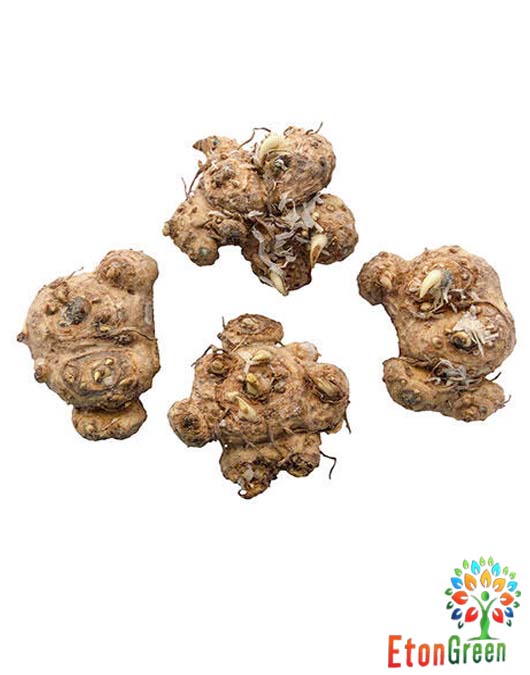
Reviews
There are no reviews yet.